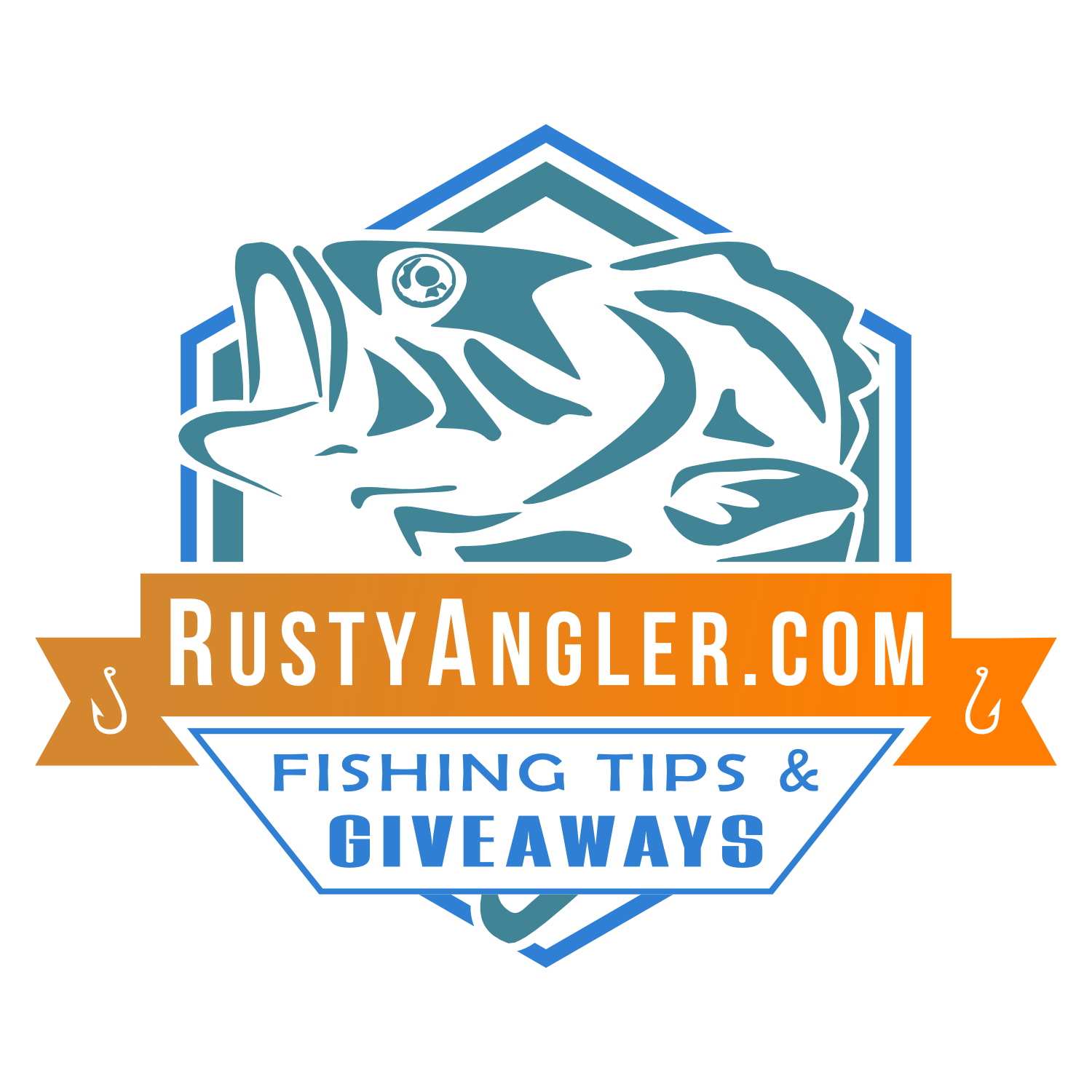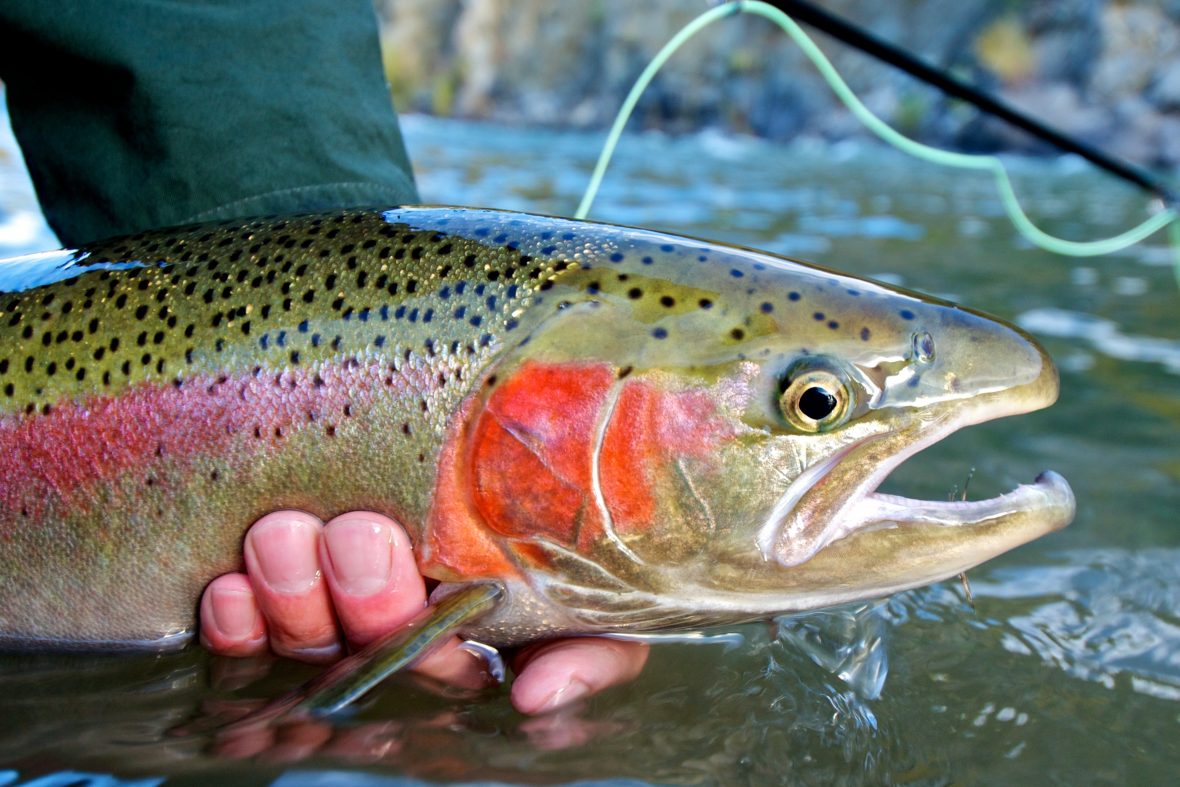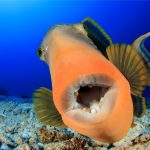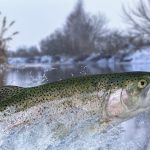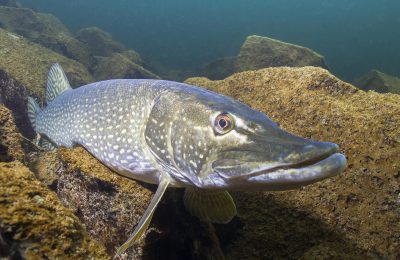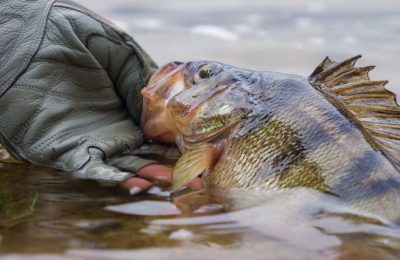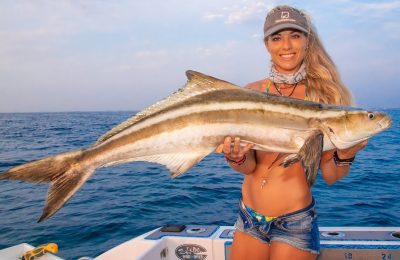There are few more iconic images in the world of fishing than the angler, hip deep in a cold autumn river, a ribbon of line wrapping around him as he casts a hand tied fly towards the waiting trout. Even Normal Rockwell had a go at depicting this late fall Americana scene.
Most anglers think of river fishing during the spring, when hatching insects bring a smorgasbord of bait to play. However late fall is the time for dry-fly activities that can rival any spring time hatch.
Ants at this time of year hatch, sprout wings, and mate with other colonies. Afterwards, these sex addled ants are attracted to the shiny surface of moving water and settle in.
The result is every trout in the river or stream is coming to the surface in a feeding frenzy.
Not only is this a great time to catch some fall-fattened beauties, but the majority of fly fishers are done for the season. This means the rivers are empty and an experienced angler can be alone with nature.
Just make sure to go during the late afternoon, when the sun has warmed the waters and before it gets too cool. While trout will bite during this time, the fish can be cold and sluggish making late day the best time to go.
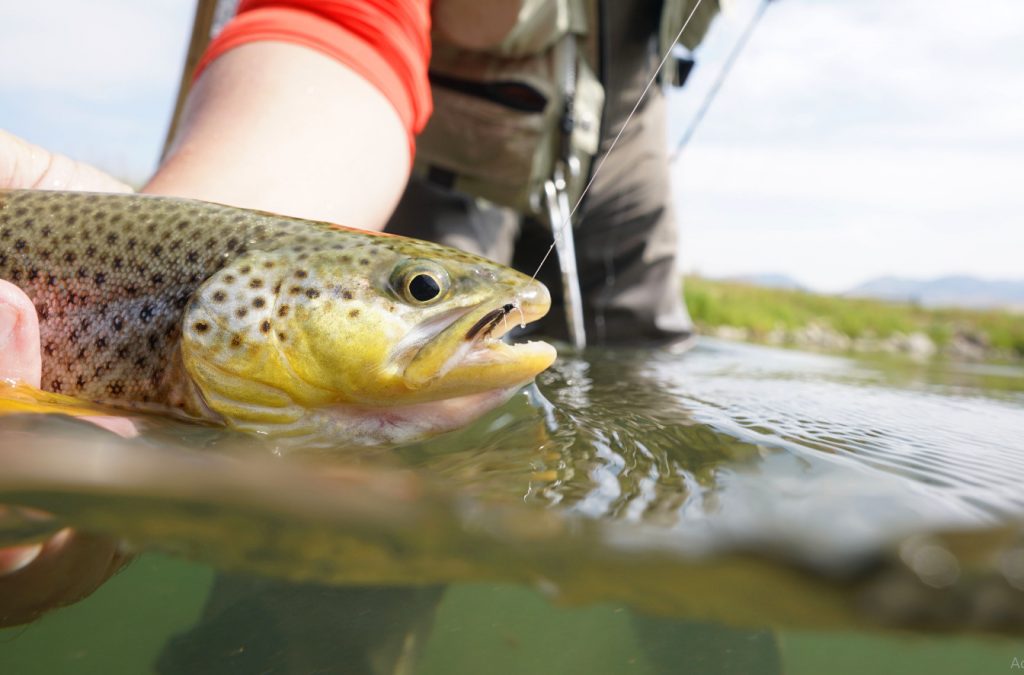
Late Fall to Winter – Watch for Frost
Mayflies are abundant during the these later months. That means a health supply for small, and even smaller, olive mayfly dries. Make sure the flies are small, all the way to size 24s. It may seem like a lot of work for a tiny fly, but the trout would disagree.
After the first frost, grasshoppers and small beetles are a primary food supply for trout all the way through the end of November. Think of these as the trout’s thanksgiving turkey.
A savvy angler knows that black beetles are difficult to spot on moving water, so ensure the fly has a red spot to attract attention. Elk hair caddies can also be effective in catching a trout’s attention on a quick moving stream.
Finally, make sure to have a long leader to avoid spooking, or even hitting, the fish. Think of a 15 foot, instead of a 9 or even 12 foot lead to be safe.
Water Moves, So Twitch That Drift
It is easy to forget that springtime streams and rivers are clear and flowing, making it easy for trout to spot food and bait alike. However, with colorful leaves, twigs, acorns, and more falling into the water, it can be difficult for a hungry trout to spot that size 24 mayfly.
Make sure to twitch the trout bait, especially beetles and grasshoppers, as they drift with the current. The movement can attract a fish’s attention and ensure the bait stands out among the fall debris.
If fall rains are in the forecast, switch to streamers and other heavier baits. Not only will this help with sudden gusts of autumn winds, the size of these flies can aggravate a trout enough to take a bite just to get it out of the way.
This is especially useful in late November when brook trout congregate for spawning. Although these single minded fish are not as enticed by food, they become aggressive maters and will bite at anything that might get in their way.
Look to cast these flies, with an added sinker line, into the deep water at the back of spawning pools. Often the larger trout will gather there to get the best chance at spawning and can become very aggressive.
For dry flies, think of the larger caddis flies, size 12 to 14. The larger orange caddis are especially useful this time of year as that’s when the pupa hatch.
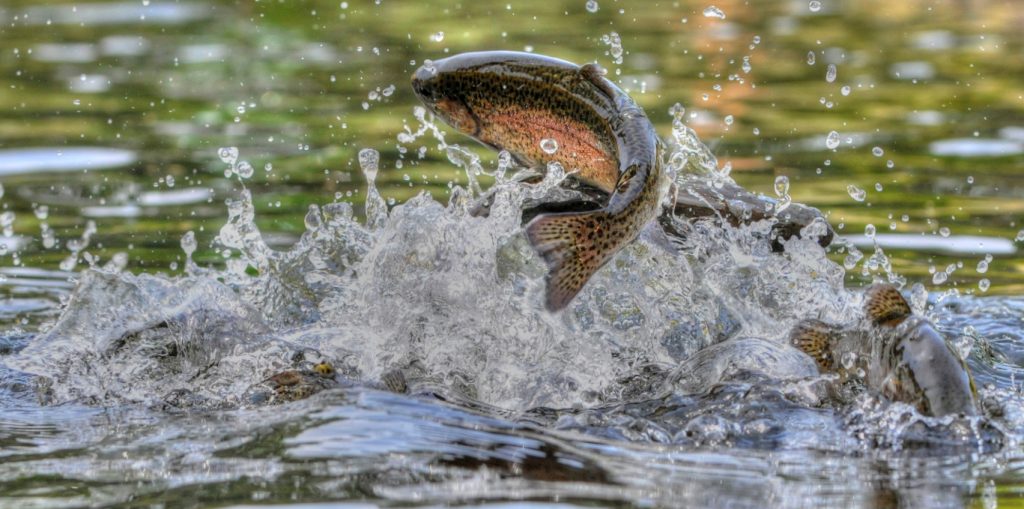
Top Fall Flies
With all this in mind, here are some of the best trout flies for this time of season.
- Tungsten Missile
With its slim design and heavy, shiny head, this fly can get to the bottom of a rolling fall stream quickly and effectively. The nymph design, although often not a fall favorite, works for this one making it one of the best fall flies out there.
- Cannon’s Olive Bunny Dun
For surface fishing, this small, olive fly is perfect and easy to spot. Use as small a size as possible and get ready. This is simply a fly trout can’t seem to resist.
- Zebra Midge
About fifty percent of a trout’s fall diet consists of midges. So, every angler’s tackle should include a healthy supply of these little buggers. These are often go-to flies year-round when nothing else seems to be working.
- Moto’s Minnow
With flashy movement and rapid sinking into the deeper, spawning pools, this minnow pattern fly has been used by generations of fly fishers. With its enticing pattern and middle ground weight, it works well in both still and fast-moving rivers and streams.
- Elk Hair Caddis
When water temperatures hit the 50s, caddis are suddenly everywhere, and nothing works like an Elk Hair Caddis. Rig a few together and swing them through a pool to get a solid strike.
Just make sure to keep them on the surface and not to let the current push the lead line. This can give an unnatural movement to the flies that will spook a hungry fish.
- Schroeder’s Hi-Vis Hopper
This fly is great during unpredictable weather as it stays visible in just about any water conditions or light conditions. As the skies change and the currents shift, rely on this hopper to keep the trout focused.
- Quick Sight Beetle
Another easy to spot and follow fly, this one is particularly good when other beetles are impossible to spot on a moving river. The florescent red dot on its back will not only keep the angler focused, but it will also bring the fish out of hiding as well.
- Zug Bug
Finally, this fly is a great imitation of the large drakes that hatch throughout the fall. These large mayfly nymphs swim to the shore to emerge on land. So, this one will work best dry—just make sure to add some movement to the line.
Want more fishing tips? Check out the trout spinning rods, and the best tips for fishing lake trout.

